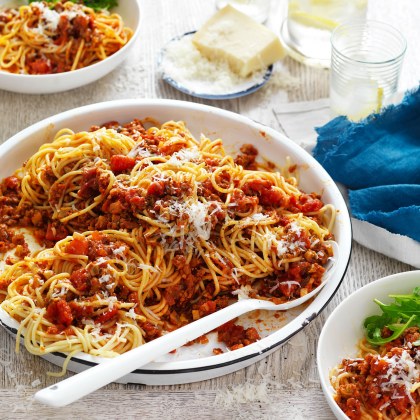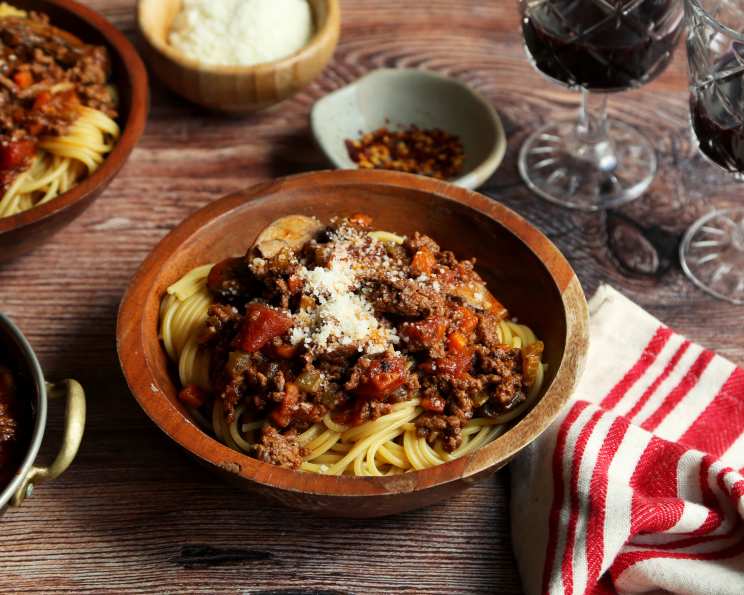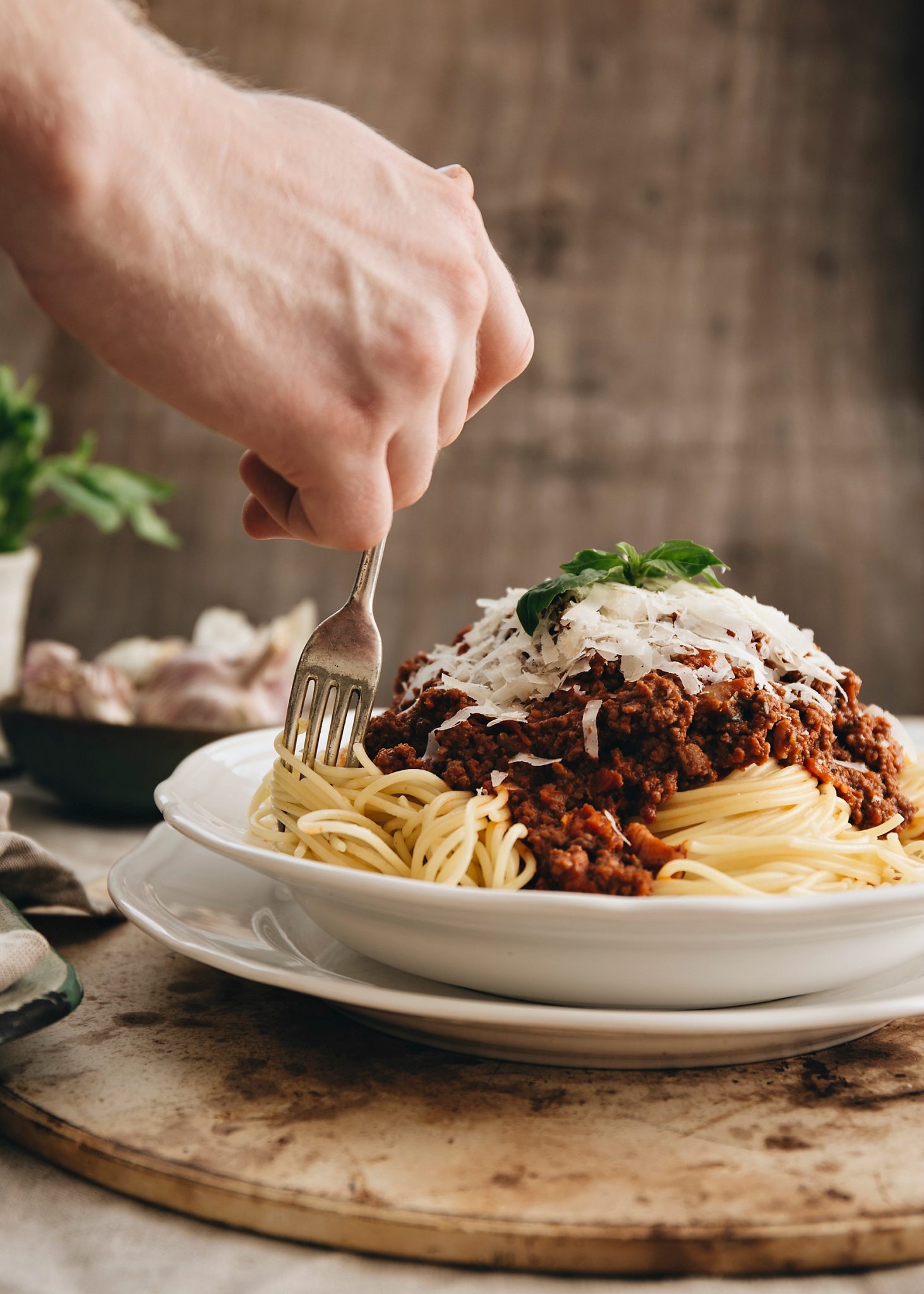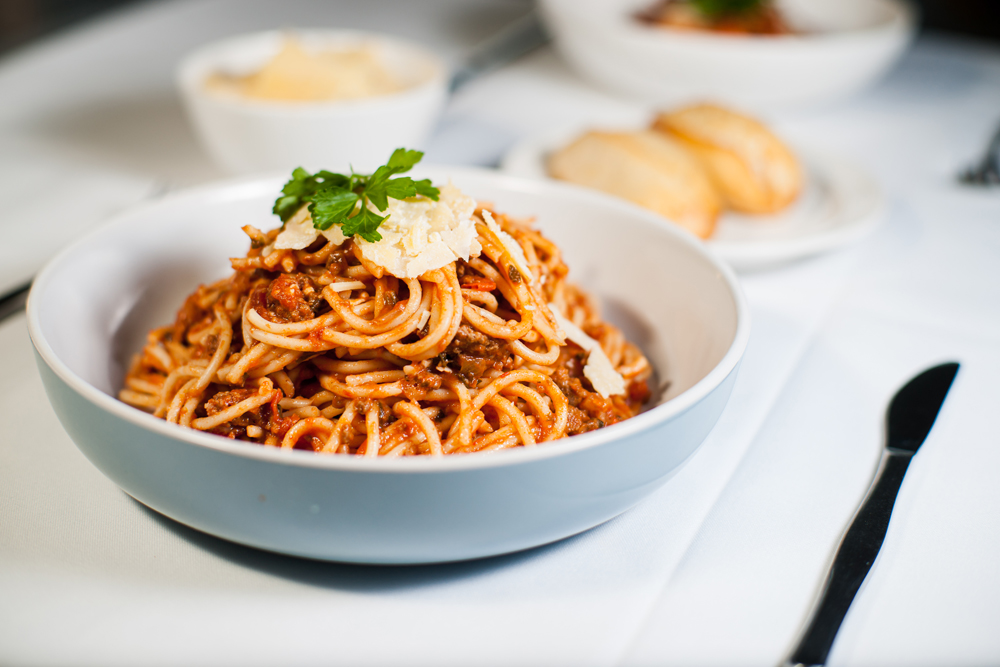Spaghetti Bolognese is a classic Italian dish that has become a staple in households around the world. This rich, meaty sauce is perfect for a cozy dinner or a special occasion. While making Bolognese sauce can be straightforward, there are numerous tips and tricks that can elevate your dish from good to outstanding. In this comprehensive guide, we will delve into every aspect of making Spaghetti Bolognese, from selecting ingredients to the cooking process, ensuring you achieve a delicious, authentic result every time.
Understanding Bolognese Sauce

What is Bolognese?
Bolognese, or ragù alla Bolognese, is a meat-based sauce originating from Bologna, Italy. Unlike the simple meat and tomato sauce often found in American versions, traditional Bolognese is complex and rich, cooked slowly to develop deep flavors.
Ragù vs. Bolognese
Ragù refers to a variety of Italian meat sauces, while Bolognese is a specific type of ragù from Bologna. Bolognese typically includes ground meat, soffritto (a mix of finely chopped carrots, celery, and onions), tomatoes, milk, and wine, and is cooked for several hours to achieve its signature richness.
Essential Tips for Making Spaghetti Bolognese

1. Be Patient
Patience is crucial when making Bolognese. The sauce needs time to develop its deep, rich flavors. Plan to spend several hours simmering the sauce on low heat.
2. Choose Quality Meat
The type of meat you use will greatly impact the flavor and texture of your Bolognese. Traditional recipes call for a mix of beef and pork. Choose cuts with some fat content, such as chuck or flank steak for beef and fatty pieces of pork like the thigh. High-quality meat ensures better flavor and tenderness.
3. Use a Large, Heavy-Bottomed Pot
A large, heavy-bottomed pot, such as a Dutch oven, is ideal for making Bolognese. It helps distribute heat evenly, preventing the sauce from scorching and allowing the ingredients to meld together beautifully.
4. Evenly Chop Vegetables
Knife skills are essential for preparing Bolognese. Finely chop the soffritto vegetables (carrot, celery, and onion) to ensure even cooking and a smooth texture in the sauce. Consistency in size helps the vegetables to integrate into the sauce as it simmers.
5. Layer Flavors Carefully
Building layers of flavor is key to a great Bolognese. Start by caramelizing the meat over medium to low heat to bring out its richness. Remove the meat, then deglaze the pot with wine before adding the soffritto. Brown the vegetables slowly, season them carefully, and then add the meat back in along with the broth, tomatoes, and other ingredients.
6. Select the Right Tomatoes
Tomatoes provide acidity and brightness to the sauce. Use concentrated products like tomato paste or puree to avoid watering down the sauce. San Marzano tomatoes are a popular choice for their rich flavor and low acidity.
7. Balance Flavors with Sugar
Tomatoes can add acidity to the sauce, which can be balanced with a small amount of sugar. This helps mellow the acidity and enhances the overall flavor profile of the Bolognese.
8. Incorporate Dairy

Adding dairy, such as milk or cream, is traditional in Bolognese. It tenderizes the meat and adds a creamy richness to the sauce. Parmesan cheese, especially the rind, can also be added to infuse a nutty flavor.
9. Add Wine
Wine adds depth and complexity to the sauce. Traditionally, white wine is used in Bolognese to avoid overpowering the sauce, but red wine can also be used if you’re making the sauce ahead of time to allow the flavors to meld.
10. Enhance Umami with Mushrooms or Fish Sauce
Mushrooms and fish sauce can add a boost of umami, enhancing the savory depth of the Bolognese. Dried mushrooms, in particular, can provide a robust flavor and additional texture.
11. Use Fresh Herbs and Spices
Fresh herbs like thyme, rosemary, and bay leaves can elevate the flavor of your Bolognese. Add them during the simmering process to infuse their aromatic qualities into the sauce.
12. Simmer Low and Slow
The secret to a great Bolognese is in the simmering. Cook the sauce on low heat for several hours, allowing the flavors to meld and deepen. Stir occasionally to prevent sticking and ensure even cooking.
13. Finish with Fresh Pasta
While dried pasta is convenient, fresh pasta can take your Bolognese to the next level. Fresh pasta has a delicate texture and better absorbs the sauce, making each bite more flavorful.
14. Let the Sauce Rest
If possible, prepare your Bolognese a day ahead. Allowing the sauce to rest overnight in the refrigerator enhances the flavors, making the dish even more delicious when reheated.
Step-by-Step Recipe for Spaghetti Bolognese

Ingredients
- 2 tablespoons olive oil
- 1 large onion, finely chopped
- 2 carrots, finely chopped
- 2 celery stalks, finely chopped
- 2 garlic cloves, minced
- 500g ground beef
- 250g ground pork
- 1 cup whole milk
- 1 cup dry white wine
- 2 tablespoons tomato paste
- 1 can (400g) San Marzano tomatoes, crushed
- 2 cups beef broth
- 2 bay leaves
- 1 teaspoon dried thyme
- Salt and pepper to taste
- 1 teaspoon sugar (optional)
- 500g spaghetti
- Freshly grated Parmesan cheese
- Fresh basil or parsley for garnish
Instructions
Step 1: Prepare the Soffritto
- Heat olive oil in a large, heavy-bottomed pot over medium heat.
- Add finely chopped onions, carrots, and celery. Cook until the vegetables are soft and translucent, about 10 minutes.
- Add minced garlic and cook for another 2 minutes until fragrant.
Step 2: Brown the Meat
- Increase the heat to medium-high and add the ground beef and pork to the pot.
- Cook until the meat is browned, breaking it up with a spoon as it cooks.
- Once browned, remove the meat from the pot and set aside.
Step 3: Deglaze the Pot
- Reduce the heat to medium and add the white wine to deglaze the pot, scraping up any browned bits from the bottom.
- Let the wine reduce by half, about 5 minutes.
Step 4: Combine Ingredients
- Return the browned meat to the pot.
- Stir in the tomato paste and cook for 2 minutes.
- Add the crushed tomatoes, beef broth, bay leaves, thyme, and a pinch of salt and pepper.
- Bring the mixture to a simmer.
Step 5: Simmer the Sauce
- Reduce the heat to low and simmer the sauce gently for 2-3 hours, stirring occasionally.
- Add the milk slowly, a little at a time, stirring it into the sauce until fully absorbed.
- Taste and adjust seasoning with salt, pepper, and sugar if needed.
Step 6: Cook the Spaghetti
- Cook the spaghetti according to the package instructions in a large pot of salted boiling water until al dente.
- Drain the pasta, reserving a cup of pasta water.
Step 7: Combine Pasta and Sauce
- Add the cooked spaghetti to the sauce, tossing to combine.
- If the sauce is too thick, add reserved pasta water a little at a time until the desired consistency is reached.
Step 8: Serve
- Serve the Spaghetti Bolognese topped with freshly grated Parmesan cheese and garnished with fresh basil or parsley.
- Enjoy with a side of garlic bread and a green salad for a complete meal.
Tips for Serving and Storing Bolognese

Serving Suggestions
- Side Dishes: Complement your Spaghetti Bolognese with garlic bread, a green salad, or roasted vegetables.
- Wine Pairing: Pair with a light red wine like Chianti or a crisp white wine like Pinot Grigio.
- Cheese: Besides Parmesan, you can serve with Pecorino Romano for a different flavor profile.
Storing and Reheating
- Refrigeration: Store leftover Bolognese in an airtight container in the refrigerator for up to 3 days.
- Freezing: Bolognese sauce freezes well. Store in a freezer-safe container for up to 3 months. Thaw in the refrigerator overnight before reheating.
- Reheating: Reheat the sauce gently on the stovetop over low heat, adding a splash of broth or water if needed to loosen the sauce.
Conclusion
Making Spaghetti Bolognese is an art that combines patience, quality ingredients, and careful technique. By following these tips and taking the time to build layers of flavor, you can create a rich, hearty sauce that elevates a simple pasta dish into a culinary delight. Whether you’re cooking for a family dinner or a special occasion, your homemade Bolognese will be sure to impress. Buon appetito!





